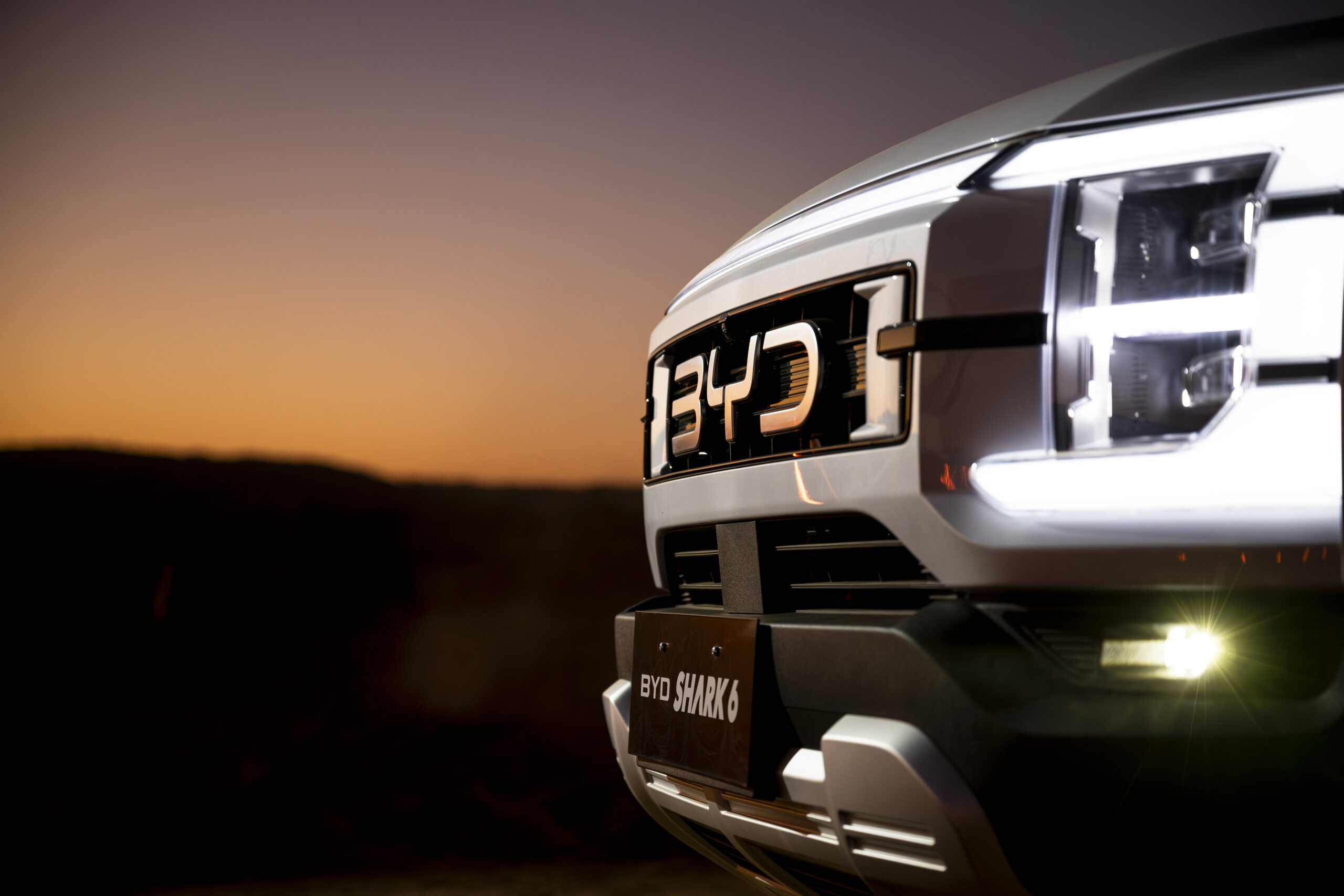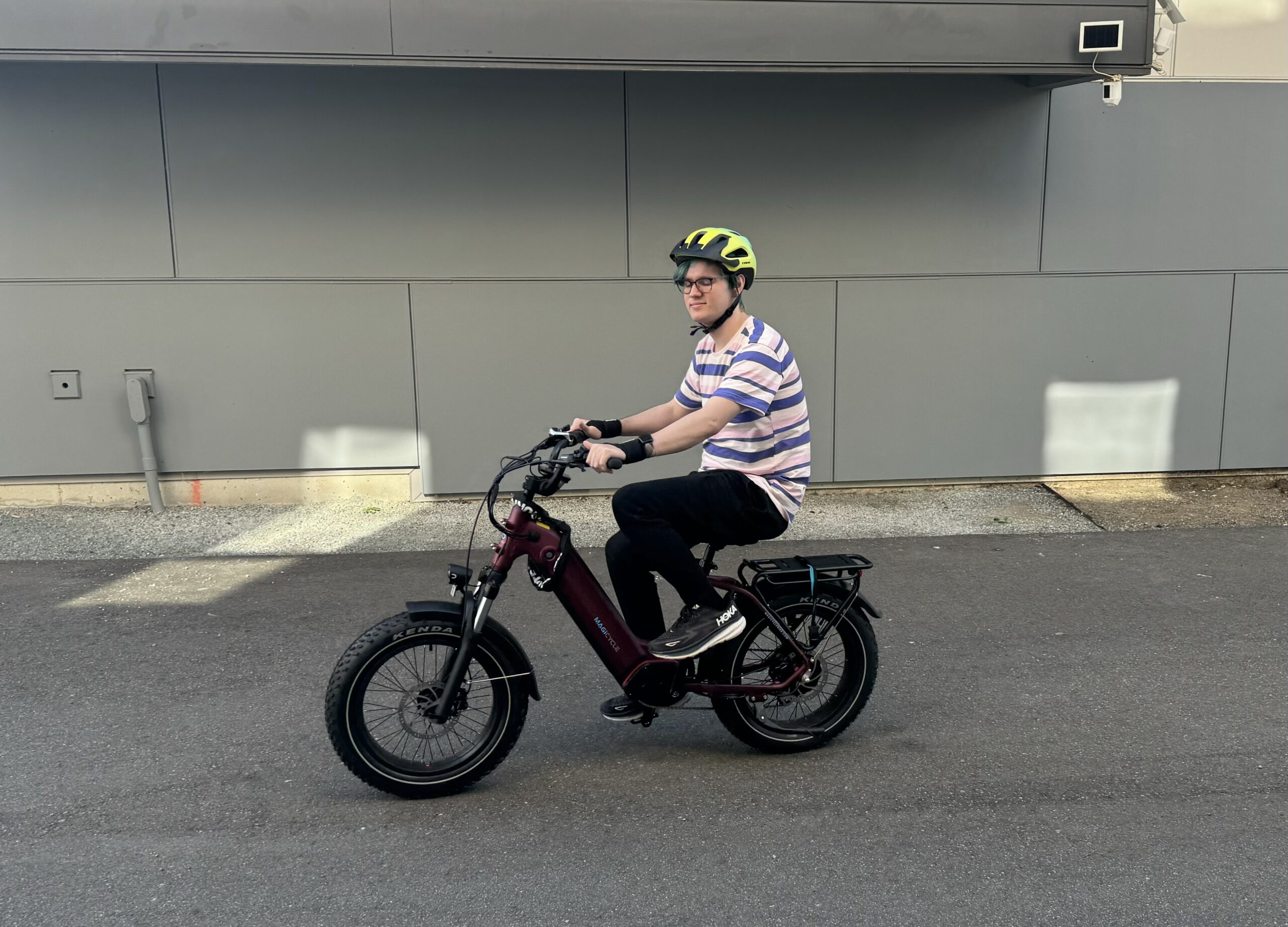Sign up for daily news updates from CleanTechnica on email. Or follow us on Google News!
It looks like a LEGO kit mashup gone wild, but there is a method to the madness of a crazy-looking new floating wind turbine concept, and the outlines of the method have just come into sharper focus with a preliminary seal of approval from the independent assurance and risk management firm DNV.
Crazy Looking Wall Of Floating Wind Turbines Gets A Big Thumbs Up
The firm behind the new floating wind concept is the Norwegian startup Wind Catching Systems, which was happy to announce an “Approval in Principle” designation from DNV last month for its 40MW Windcatcher floating offshore wind turbine design.
If you caught that thing about 40 megawatts, that’s not a typo. Offshore wind stakeholders have been testing powerful new turbines around the 15-megawatt mark for fixed-bottom installations, and rumor has it that a Chinese firm is developing a 22-megawatt monster suitable for both fixed-bottom and floating platforms. Forty megawatts is some next-level thinking.
Instead of focusing on one gigantic turbine, the basic idea behind Windcatcher is to park a rack of smaller turbines on a single floating platform. Installation can be handled by the world’s existing fleet of service vessels equipped for offshore oil and gas operations, which deploy elevator-type construction systems. That’s a sharp contrast with the lifting equipment and specialized SOVs needed for offshore wind farm construction.
The Windcatcher concept is also aimed at cutting maintenance and repair costs. Instead of taking a single, gigantic turbine out of commission and hauling it back to port, selected turbines can be serviced or uninstalled at sea, while the rest of the rack keeps spinning.
Additional cost savings would come from opportunities to mass-produce smaller wind turbines at high volume.
Wind Catching Systems also notes that the giant-sized capacity of its floating wind concept maximizes the use of available offshore acreage. That’s an important consideration for offshore stakeholders in the North Sea and elsewhere around the world, where the deceptively empty horizon of the oceans masks a beehive of existing activities, including shipping, commercial fishing, and habitat conservation, in addition to military and security considerations.
Approval In Principle For New Floating Wind Concept
Before you get too excited, Approval in Principle is a key milestone, but not the only one.
“The objective of an AiP is to perform a third-party technical evaluation of a design to assess whether there are any conceptual showstoppers or rule compliance aspects that need improvement,” Wind Catching Systems notes.
“As such, a successful AiP indicates the likelihood of the design meeting applicable rule criteria for future DNV classification,” they add.
So, there are still some T’s yet to cross, including securing actual regulatory and approval. That’s a few steps ahead, but an AiP still indicates significant progress in terms of boosting investor confidence.
Another third-party risk management firm, Loyd’s, provides this handy summary of the advantage of gaining AiP from a trusted source:
- You gain early confidence that your technology has the potential to satisfy regulatory requirements
- Stakeholders will have confidence in their investment
- It provides you with a statement that there are no major obstacles to future certification or classification
- You can use it to provide ‘preliminary approval’ or to provide input to preliminary approval
Vindication For General Motors
The AiP certainly vindicates General Motors, which spearheaded a $10 million round of funding for Wind Catching Systems through its GM Ventures branch, back in 2022.
CleanTechnica took note of the funding round, observing that the new floating wind turbine system “looks like a giant wall of fidget spinners and acts like a giant energy-sucking sponge.”
That sparked dozens of interesting comments from CleanTechnica readers, ranging from “Goofy looking, but I like their thinking beyond the current windmills,” to “There is nothing nice about this nonsense,” and everything in between.
Be that as it may, Wind Catching Systems has already enlisted the A-list offshore engineering firms Aibel and Arup to move things along. Aibel is leveraging its offshore experience to take care of the platform end of things, and Arup is tasked with nudging the simulation phase along.
“Arup will develop an advanced simulation model which integrates the relevant load effects and responses of the multi-rotor system,” the company explains. “The simulation model will be used in subsequent engineering studies to evaluate and verify loads and performance of the Windcatcher for a range of operational conditions.”
Next Steps For New Floating Wind Concept
With the AiP in hand, Wind Catching Systems has tasked its subsidiary Wind Catching Demo AS with applying for a license to demonstrate the 40-megawatt design near the tip of the North Sea off the coast of Øygarden, Norway. If all goes according to plan, Wind Catching Systems expects to float three additional demonstration units at the site.
Meanwhile, in March the company also recruited the firm Axess Technologies to engage in a concept study aimed at producing a versatile, state-of-the-art handling system aimed at replacing turbine blades and entire turbines as needed. The scope of work includes using the same platform for at-sea inspection, maintenance, and repair services.
Axess is better known for its 20 years of experience in the oil and gas industry. It is representative of the legacy firms pursuing new opportunities in floating wind and other more sustainable offshore operations.
“This comprehensive study aligns seamlessly with our strategy to enhance revenue streams from renewables, further solidifying our position as a key supplier of lifting solutions to the offshore wind industry,” explains the company’s director of products, Marte Vågen.
Floating Offshore Wind Gets The Last Laugh
Among the comments on CleanTechnica’s 2022 article about Wind Catching Systems were several that indicated a lack of confidence in the ability of the new floating wind concept to withstand stormy conditions at sea (here’s the link to see all 66 comments).
That’s one of the questions to be answered by the company’s engineering partners, so keep an eye out for updates.
It’s also worth noting that the unique engineering features of floating wind systems have opened the door to new and unusual designs. Some of them involve multiple wind turbines, though not necessarily as many as the Windcatcher system.
New designs are appearing at a fast and furious pace. “CleanTechnica has taken note of offshore wind turbines sporting vertical axis technology, a one-blade configuration, and a two-on-a-platform design, among others,” I observed just last December, and you can already add tower-less floating wind turbines to the list this year.
More floating wind turbine stories are here.
Follow me via LinkTree, or @tinamcasey on Threads, LinkedIn, and Instagram.
Image: The Windcatcher 40-megawatt floating wind turbine concept aims for low construction and operation costs, with maximal use of offshore space (courtesy of Axess Group via Wind Catching Systems).
Have a tip for CleanTechnica? Want to advertise? Want to suggest a guest for our CleanTech Talk podcast? Contact us here.
Latest CleanTechnica.TV Videos
CleanTechnica uses affiliate links. See our policy here.
CleanTechnica’s Comment Policy





